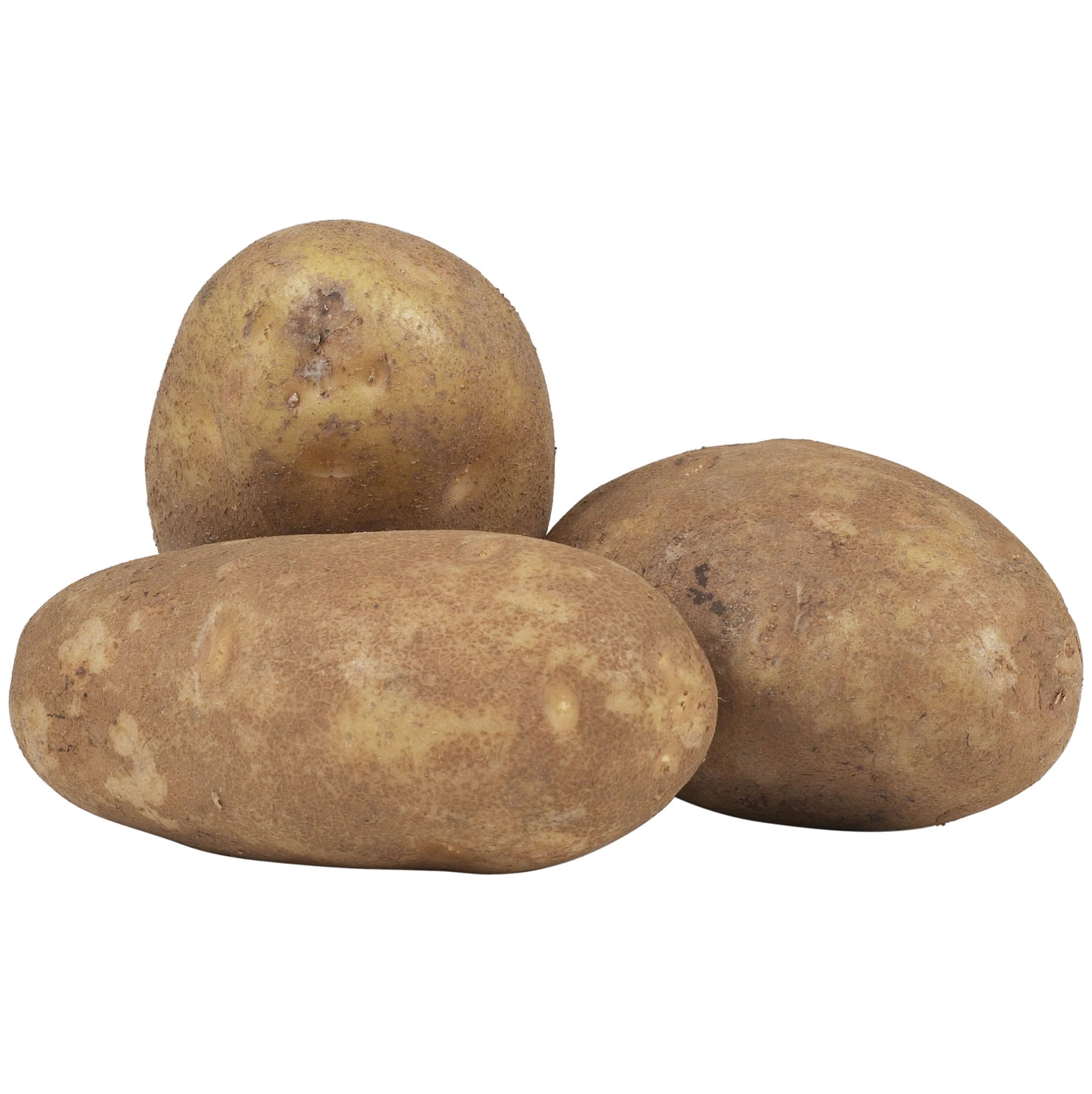KENNEWICK — The whims of Mother Nature and the marketplace may have aligned this year for Washington’s potato farmers.
Thus far, potatoes appear to have weathered the heat, although some potatoes are turning out a little smaller than normal.
And fresh potato farmers face the prospect of a market where their spuds are in demand — instead of the glut last year that depressed prices into the range of unprofitability.
Mike Pink and his crews only are a few days into harvesting early ranger russet potatoes at Pink Farms near Burbank.
The potatoes Pink and other farmers grow help make Washington the nation’s second-largest producer.
“We are just blessed here,” said Pink, who farms from Burbank to Mesa and Basin City. “This is the best place in the world to grow potatoes.”
Last year, heat during the last three weeks of August stunted the growth, Pink said. Pink, however, got lucky, because his tonnage made up for slightly lower quality last year.
Potato plants may get stressed and stop growing if temperatures are hotter than 100 degrees for several consecutive days and do not cool down below 75 degrees at night, said Dale Lathim, executive director for the Potato Growers of Washington and the United Fresh Potato Growers of Washington & Oregon. The heat also can damage the tubers.
Growers for the fresh market, which makes up about 10 percent of Washington’s crop, suffered from a “price disaster” last year, said Chris Voigt, executive director of the Washington State Potato Commission. Farmers lost money after concerns about nationwide overplanting caused fresh market prices to plummet.
Lathim expects strong prices this year, he said.
About 80 percent of the state’s potatoes — including those grown by Pink and John Stahl of Ritzville’s Stahl Farms — are headed to the frozen processing market, where they will be made into everything from french fries to hash browns.
Overall, potatoes appear to be a little smaller than normal, which could mean a lower overall yield, Voigt said. However, quality of those potatoes are “outstanding.”
“The growing season started out darn near perfect but the heat this past month took its toll on the crop,” Voigt said. “We were headed for a record-breaking yield until the heat hit. Now we are looking at average to just below average yields.”
Farmers started harvesting chipping potatoes about three weeks ago, Lathim said. Last week, some started harvesting russet potatoes.
Stahl started harvesting shepody potatoes, which have white skins, near Boardman, Ore., on July 15.
Stahl, who farms near Boardman and Hermiston, Ore., and Pasco, Othello and Ritzville, said overall his crop looks good and appears to be weathering the typical July heat.
Right now, his potatoes are headed straight to processors, including ConAgra Foods Lamb Weston, Simplot and Basic American Foods, he said. Starting about Sept. 15, his potatoes will go to storage.
Stahl is among the larger potato growers. His crews likely will continue harvesting until the end of October.
Pink expects to end harvest earlier, likely during the first week of October.
For now, potato growers need the next six weeks to bring temperatures that aren’t too hot so it can cool down enough at night for potato plants to continue to grow, said Pink, who has just less than 1,000 acres of potatoes. Low 90s or less is about perfect, he said.
In general, the Columbia Basin has the best climate for growing potatoes, Pink said. While farmers still deal with ups and downs, it tends to be less than what other growing regions face.
Washington farmers harvested 9.8 billion pounds of potatoes last year, slightly up from 2011, when Washington’s potato crop was valued at $771 million, according to the U.S. Department of Agriculture. That made it the state’s fourth-highest-valued commodity, after apples, milk and wheat.
Washington growers are shipping more fresh potatoes than normal this week and last week so potatoes can be available, Lathim said.
This year, he said it appears farmers planted an ideal acreage for demand.
Washington farmers planted about 160,000 acres of potatoes this year, down slightly from the 164,000 acres raised last year, according to the USDA.
The USDA overstated the potato crop last year, Lathim said. Now, last year’s crop already has been shipped, creating an opportunity for Washington fresh potato farmers, since they start harvesting earlier than some other areas, such as Idaho, the nation’s top potato-producing state.
And other potato-growing areas also have experienced some setbacks, which could mean the potato supply may be on the shorter side of manageable this year, Lathim said.
Prices for fresh potatoes are getting higher than growers have seen in years thanks to the nationwide decrease in potato acreage and a near empty supply of potatoes, Voigt said.
Prices for fresh potatoes likely will drop after the next five weeks or so as other areas begin harvesting, he said.
And Washington’s fresh market potato growers may benefit this year from the Philippines announcement in June that it would allow U.S. table stock potatoes to be imported, said Ryan Holterhoff, the Washington State Potato Commission’s director of marketing and industry affairs. Washington growers’ proximity to international ports may help in marketing Washington potatoes to the Philippines.
“The Philippines has been one of Asia’s fastest growing economic markets and potatoes have historically been a popular vegetable used in a variety of their local dishes,” he said.




